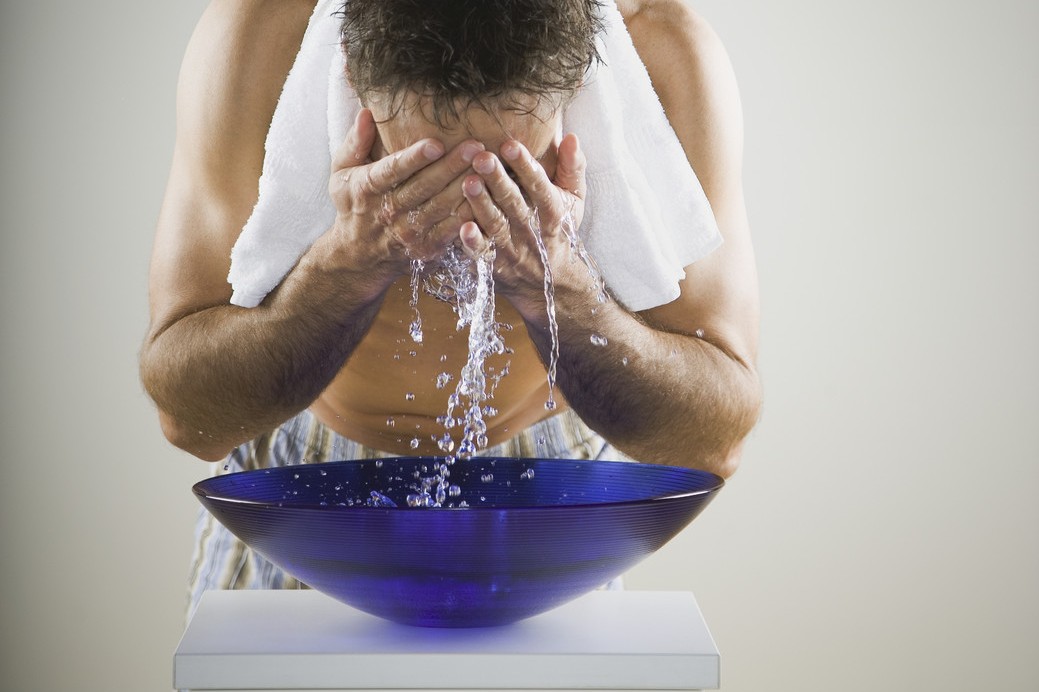A person with limited mobility needs care and attention from loved ones. This article will tell you which care products will help improve the comfort of the bedridden patient, protect him from complications associated with prolonged recumbency, and make it easier for the people caring for him.
Even if the primary care of the patient is entrusted to the nurse, his relatives should also be familiar with the care products in order to choose things with the best combination of price and quality. After all, the well-being and mood of a sick person, and hence the prospect of recovery, largely depend on the participation of his household. Modern technologies have made available many products for the care of immobilized patients, which can significantly facilitate the life of both the sick and the family and friends who care for them. While a bedridden patient is undergoing treatment in a hospital under the supervision of medical personnel, relatives have the opportunity to prepare a comfortable space for him and choose the necessary tools and accessories for daily care.
Patient bed and room cleaning
The room should be cleared of unnecessary furniture and other items to make cleaning easier. Wet cleaning should be carried out regularly, preferably every day, since the accumulation of dust can provoke complications from the patient’s respiratory system. For regular cleaning products, give preference to those with the least pungent odors.
The bed should not be narrow. A large sleeping area will not only increase the comfort of the bedridden patient, but also make it easier for you to carry out all the care procedures (changing the diaper and bed linen, hygienic skin treatment and much more). A wide bed reduces the risk of the person falling out of bed and getting injured while sleeping or actively trying to move.
If it is not possible to find a specialized medical bed with an adjustable back section, mattresses and pillows can provide the correct height for the patient’s back and head in the bed. Means (pillows and rollers) to ensure an elevated position of the patient’s body are necessary so that a person can safely eat while in bed. Drinking and eating while lying down is dangerous for a patient, especially if he has even minimal dysfunction of swallowing, which is often found with limited mobility. In a half-sitting position, the patient can also read or watch TV.
The bed must be located in the room so that there is free access to it from at least three sides. This will allow you to freely change bed linen, turn the patient from side to side, engage in therapeutic exercises with him, and carry out hygienic procedures.
The bedside table next to the bed should be a place for the essentials that the patient uses. Each person has their own list of such items: it can be glasses, a lamp, a TV remote control or a book.
Means for monitoring the condition and improving the comfort of a bed patient
• A special sippy cup (“sippy”) will help a person with limited or impaired mobility to drink liquid without spilling it.
• A bell or baby monitor is needed to call relatives or a nurse. These items must be placed next to the bed.
• Devices for measuring pressure (tonometer), temperature, etc. A person who has suffered a stroke requires daily monitoring of pressure (at least twice a day). For other health problems, you may need to measure your temperature or blood glucose regularly.
• Thermometer for air temperature control. For most bedridden patients, the optimum air temperature in the room is from 19 to 21 C. Blinds and ventilation at least twice a day at any time of the year will help to ensure the desired temperature in the hot period. A correctly placed thermometer will allow you to ensure that the air temperature readings remain within the recommended range.
Hygiene products for bedridden patients
When caring for a patient with limited mobility, it is important to remember that the protective (immunity) and restorative (tissue regeneration) capabilities of his body are reduced. Therefore, care procedures should be aimed at maintaining hygiene and preventing pressure sores.
Especially hard bedridden patients experience the inability to go to the toilet on their own. As soon as mobility improves a little, they try to go to the toilet themselves. In this case, it will not be superfluous to put a boat next to the bed or place a special toilet chair.
If there is a problem of incontinence, special absorbent products will help protect the patient from constant discomfort and protect his skin from diaper rash and bedsores. The trophism of the tissues of a bed patient, especially in the folds of the skin and places exposed to prolonged squeezing, is often disturbed. Disturbances of microcirculation, together with poor ventilation, exposure to moisture and reduced immunity, create conditions favorable for the accumulation of harmful microorganisms. All this is accompanied by redness, inflammation, sometimes itching, and later – irreversible damage and tissue death.
Means that will help reduce the risk of diaper rash and pressure sores are seamless underwear, smooth bedding without additional seams, made of hypoallergenic materials that provide good ventilation.
Using quality adult incontinence diapers also helps prevent pressure ulcers. Made from dermatologically tested materials, adult diapers are designed to prevent diaper rash and irritation, are leak-proof, have a comfortable elastic waistband and reusable Velcro straps to adjust the fit.
For example, the iD SLIP adult diapers are designed to meet all of these requirements from quality materials, the safety of which is confirmed by dermatological control. In addition, iD SLIP adult diapers not only absorb liquid, but also block odor, and a special indicator of moisture saturation of the filling reminds of the need to change the diaper product in time.
The absorbent products in the iD SLIP line are available in size range. Product sizes vary from 50 to 170 centimeters at the waist, so you can choose the right size for an adult of any age and build.
Washing the patient should be done with mild products with a neutral pH. After the end of the procedure, the skin is wiped dry. Careful massage of areas with a high risk of pressure ulcers, their treatment with a special anti-bedsore, moisturizing or protective cream, and regular change of the patient’s position in bed is also an important prevention tool.
To protect bed linen and mattress from getting wet and save yourself from unnecessary washing, it is recommended to use disposable absorbent diapers during hygiene procedures. These products will also be useful for restless behavior of a lying patient, when the diaper can move.
Special care products for bedridden patients help prevent the development of complications associated with low mobility and incontinence, as well as improve the comfort and psychological state of your loved one.


